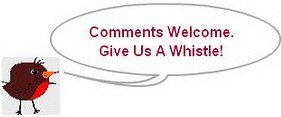
The trend of declining inflation came to a halt in December as the Labor Department’s Consumer Price Index (CPI) rose 0.3%. In November, the index was up just 0.1%, raising hopes that the Federal Reserve’s inflation battle might be ending.
But in December, the index for shelter continued to rise, contributing over half of the monthly increase. The energy index rose 0.4% over the month because of more expensive electricity and gasoline.
Grocery prices continued to moderate. The cost of food consumed at home rose 0.1% while those restaurant checks continued to get bigger. The cost of food consumed away from home rose 0.3% over November.
Oliver Rust, head of product at independent economic data aggregator Truflation, says his data suggest the cost of shelter, specifically rent, isn’t rising as fast as what was shown in the Bureau of Labor Statistics (BLS) report.
Who’s right?
“Our data, which is based on input from seven different sources and includes separate sub-categories for the costs of owned housing and rent, shows prices falling,” Rust told ConsumerAffairs. “Our housing category has declined for the second month in a row, with annualized inflation sitting at 2.6% at the end of December versus the BLS’s 6.2% year-over-year figure for this sector.”
Over the last 12 months, the government’s inflation rate is 3.4% Rust says the Truflation rate is much lower, at 2.6%.
Even so, Rust says the Fed is following the official numbers and the December CPI gives policymakers no reason to cut interest rates, something Wall Street is expecting.
Photo Credit: Consumer Affairs News Department Images
Posted: 2024-01-11 16:42:36


















